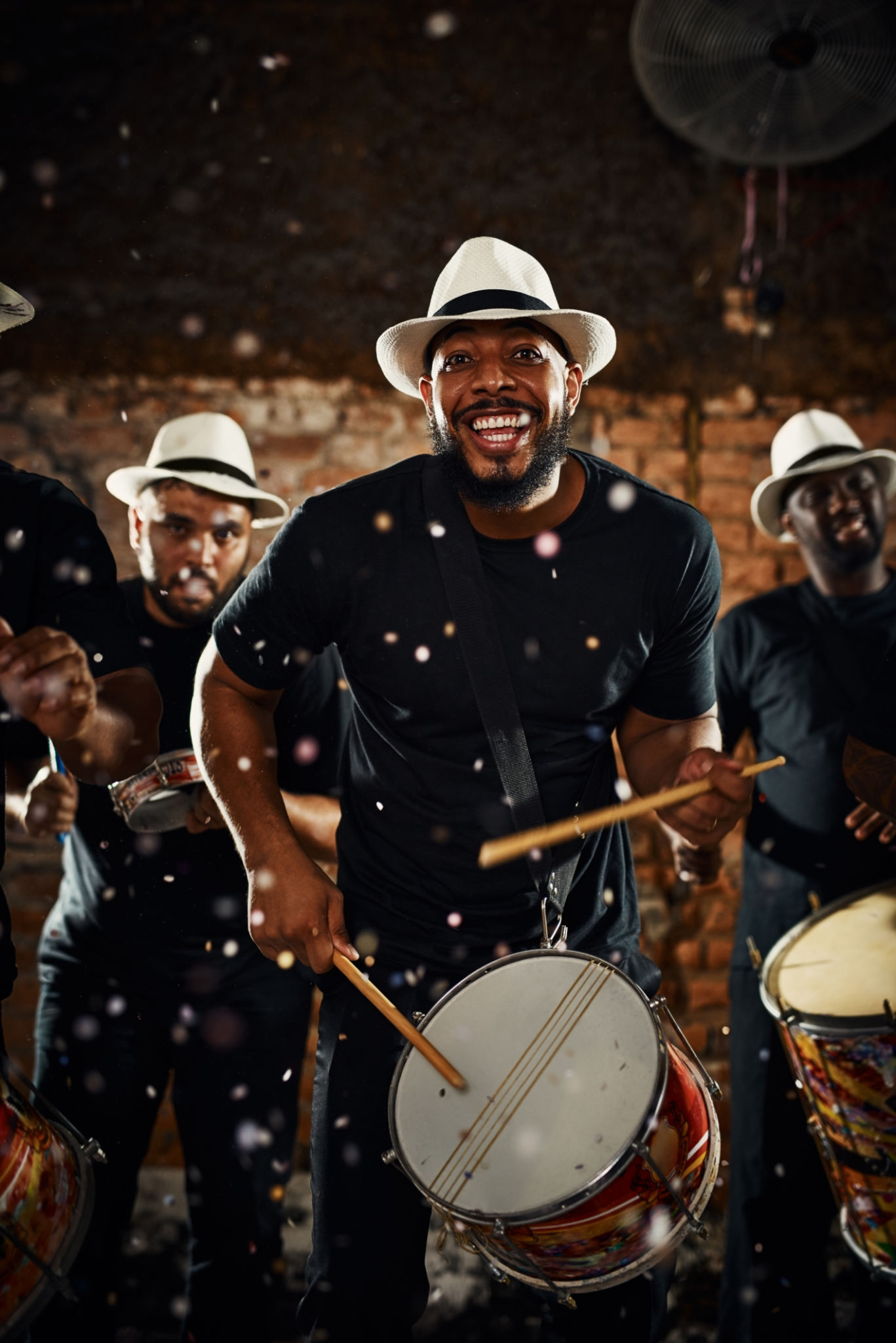Behind the Beats: The History and Evolution of African Drumming
The rhythmic heartbeat of Africa resonates through its drums, a powerful symbol of cultural expression and communication. African drumming is not just about music; it is a complex art form that holds historical significance and continues to evolve, influencing music worldwide. Understanding this tradition provides insight into the continent's rich cultural tapestry.

The Roots of African Drumming
African drumming dates back thousands of years and has been integral to the social and spiritual lives of African communities. Drums have been used in religious rituals, celebrations, and even as a means of communication between villages. Each beat tells a story, and each rhythm carries a message, often used to convey news or summon people to gatherings. The drum was not just an instrument; it was a vital part of community life.
Types of African Drums
Africa is home to a variety of drums, each with its unique sound and purpose. Some of the most well-known include:
- Djembe: Originating from West Africa, this goblet-shaped drum is played with bare hands and is known for its versatility and wide range of tones.
- Talking Drum: This hourglass-shaped drum can mimic the tone and prosody of human speech, allowing drummers to send messages over long distances.
- Dundun: Also known as the "dun-dun," this cylindrical drum is played with sticks and often accompanies the djembe.

The Role of Drumming in African Culture
Drumming in Africa is not just for entertainment; it serves various social functions. It is used in ceremonies such as weddings, funerals, and initiations. In many cultures, drums are also considered sacred instruments, believed to have spiritual powers that can connect the physical world with the divine. The rhythms of the drums play a crucial role in traditional African dances, with each step and movement deeply intertwined with the beat.
Drumming as Communication
Before modern technology, drums were a primary means of communication across vast distances. The talking drum, in particular, was adept at sending messages by imitating the tonal languages spoken by many African communities. The ability to relay messages quickly made drums an invaluable tool for leaders and warriors alike.

Evolution and Global Influence
With the African diaspora, drumming traditions spread across the globe, influencing a wide range of music genres. From jazz to rock and roll, the rhythms of African drums have left an indelible mark on world music. In recent years, there has been a resurgence of interest in traditional African drumming, with musicians worldwide incorporating these rhythms into contemporary compositions.
Modern Drumming Styles
Today, African drumming continues to evolve, blending traditional techniques with modern musical styles. Workshops and festivals dedicated to African drumming attract participants from around the world, eager to learn the intricate rhythms and techniques that have been passed down through generations.
The history and evolution of African drumming highlight its enduring relevance and impact. Whether as a tool for communication or a source of artistic inspiration, African drums continue to captivate and connect people across cultures and continents. As we explore this rich tradition, we gain a deeper appreciation for the rhythms that have shaped our world.
